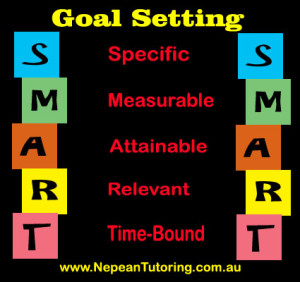When we see students just sitting listening to their teacher instruct, can we be really sure they are truly engaged in learning? This is a difficult question. Others seem attentive and motivated but they often fail to understand what teachers say and miss important points.
There are so many aspects to school in a child’s day, and in order for them to be productive, it is very important they be engaged in learning. This encompasses their behaviour, their willingness to attend class and along with their willingness to follow the teacher’s instructions.
Engagement is demonstrated in a child’s enthusiasm to participate in set work, their overall optimism toward their learning environment, their demonstration of curiosity to learn about new concepts and the level of responsibility they adopt toward their own learning.
For students to engage in their learning, educators need to make the work relevant to the student by being aware of their different learning styles. Explicit teaching of concepts is vital for students to confidently engage in their work and this goes hand in hand with clear instructions of task to be undertaken.
Goal Setting and Tracking Progress Towards those Goals.

Students learn more when they are involved in setting their own goals for learning. Not only their motivation increases, but their initiative to self-evaluate also improves as they accomplish these goals.
Increase Student Participation
Tasks that involve “doing” are also effective way to ensure engagement. Give students an open ended task that might solve a problem. Provide an investigative opportunity or to create a model and see how the learning becomes motivational and engaging for the students. The result can be quite amazing.
The development of thinking skills and decision making is important when we consider the amount of decisions we expect students to make about their learning. Provide opportunities for students to solve problems, make decisions and choices in order for them to develop their own ideas about the world around them.

The idea of a buddy or a small group, where each child has a role in the task can be an effective way to engage them. Photo taken from childcarectblog.com
Engaging Students through Effective Questions
Questioning is also an important benchmark of student engagement. Encourage questions when teaching children and ask them questions to gauge their level or involvement.
Feedback
Another essential component of engagement is feedback. If students are not rewarded with constructive and timely feedback it is unlikely that engagement will be sustained.
Expand Boundaries of Learning through Technology
Technological age has also given another avenue of engagement for learners. Information Technology is now being used in many schools around the world. The availability of innovative tools/applications can personalize a student’s learning style and pace.
As parents, tutors and teachers make sure you become facilitator at all times and simply provide the opportunity for your student/s to experiment, create, recreate, invent, demonstrate or perform their learning in a way that allows them to be self expressive. If we get into the habit of always setting the criteria, then there is little scope for self expression which quells the benefits of true engagement.

